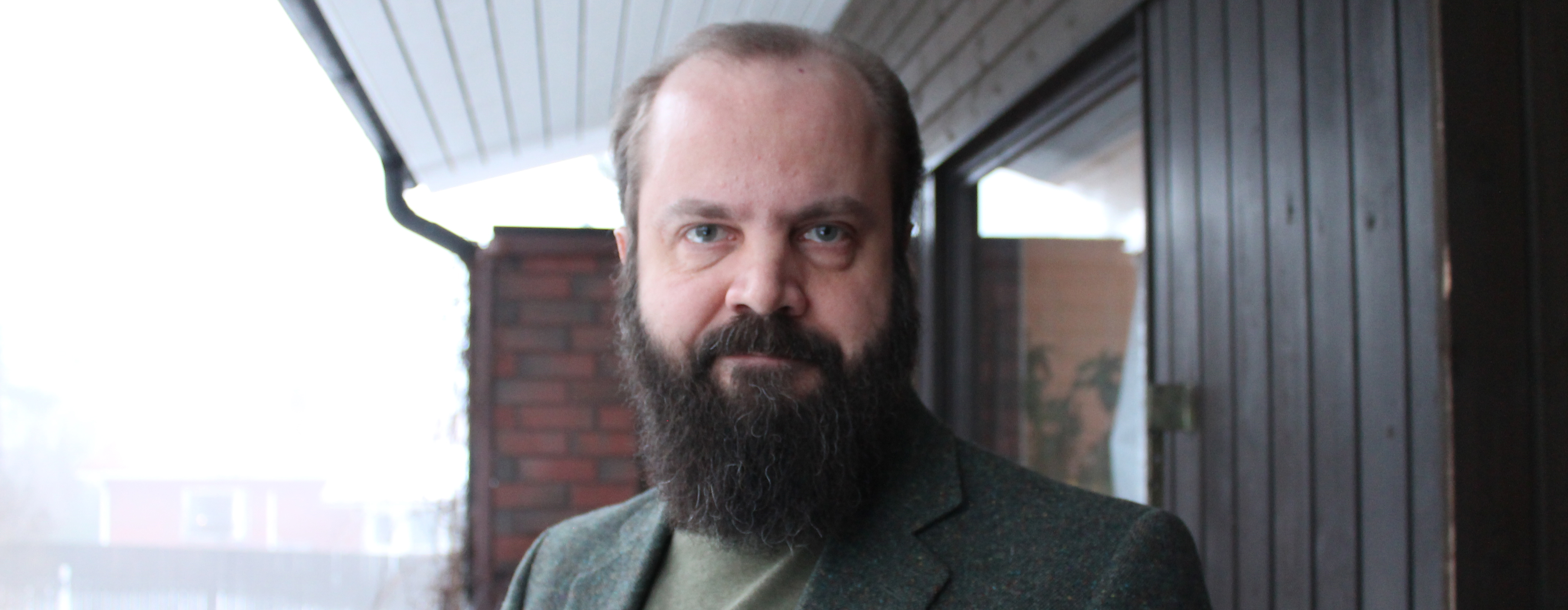
Risto Vilkko: Riding a time machine to explore European history
The most impressive breakthroughs that increase our knowledge are often created at the interfaces between different sectors and interest groups, through cross-cutting and unprejudiced international collaboration. They are created by combining big data, artificial intelligence and knowledge of augmented and virtual reality with an understanding of the social sciences and humanities.
On the same afternoon in March 2020 when President Heikki Mannila instructed staff at the Academy of Finland to start working from home as the COVID-19 situation escalated, a seminar was held to launch DIGIHUM, the Digital Humanities Academy Programme. The scope of the programme comprises novel methods and techniques that make use of digital technology and state-of-the-art computational science for collecting, managing and analysing data in social sciences and humanities research.
It had already been decided on the morning of the seminar day that the event itself would take place, but the related social programme would be cancelled. We did receive some cancellations from those who had registered for the seminar, and in the end just under half of the initially registered participants turned up. There were also two presentations that were cancelled.
I was particularly delighted that Julia Noordegraaf, the Vice-President of the European Time Machine Europe network, gave an inspiring keynote presentation. Funded under the European Union’s Horizon 2020 research and innovation programme, Time Machine Europe is an initiative that aims to create a comprehensive digital information system mapping the European historical, cultural, social and geographical evolution. The initiative combines the social sciences and humanities with information and communication technologies (ICT).
Time Machine Europe involves more than 500 organisations from 41 countries: national libraries, national archives, famous museums such as Louvre in Paris and Rijksmuseum in Amsterdam, a hundred or so research organisations and dozens of companies and other key players. At present, the initiative has 29 participants from Finland. The National Archives of Finland and Tampere University are full members. The other Finnish members – for instance, CSC – IT Center for Science, the National Museum of Finland and Yleisradio, Finland's national public broadcasting company – are basic members or support members.
The objective of Time Machine Europe is to build a large-scale digital information system mapping the evolution of Europe in various sectors. The system would provide both researchers and citizens with a digital time machine to the history and cultural heritage of our continent. I first heard about the initiative just months before the DIGIHUM seminar.
Time Machine Europe is an excellent demonstration of how breakthroughs that benefit all citizens and interest groups can be achieved through multifaceted and open-minded cooperation between different sectors. Within this context, such breakthroughs are created by combining big data, artificial intelligence and knowledge of augmented and virtual reality with an understanding of the social sciences and humanities.
It was fascinating to hear how many “Local Time Machines” have been or are in the process of being established across Europe, for instance in the Benelux countries, Italy, France, Hungary, and German-speaking countries. I highly recommend that you familiarise yourself with the fantastic projects brought together by Time Machine Europe. The initiative effectively ensures that the whole is more than the sum of its parts. I recommend that you start with the Amsterdam Time Machine.
At the DIGIHUM seminar, we also agreed on promoting further cooperation between Time Machine Europe and the DIGIHUM Academy Programme.